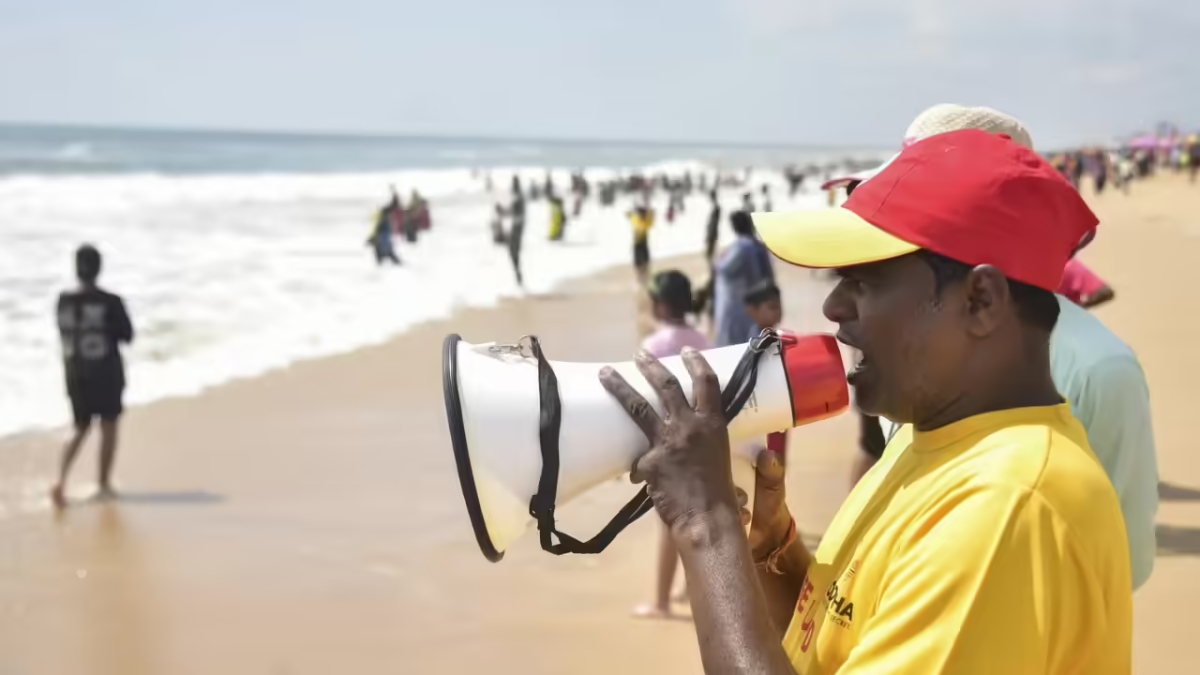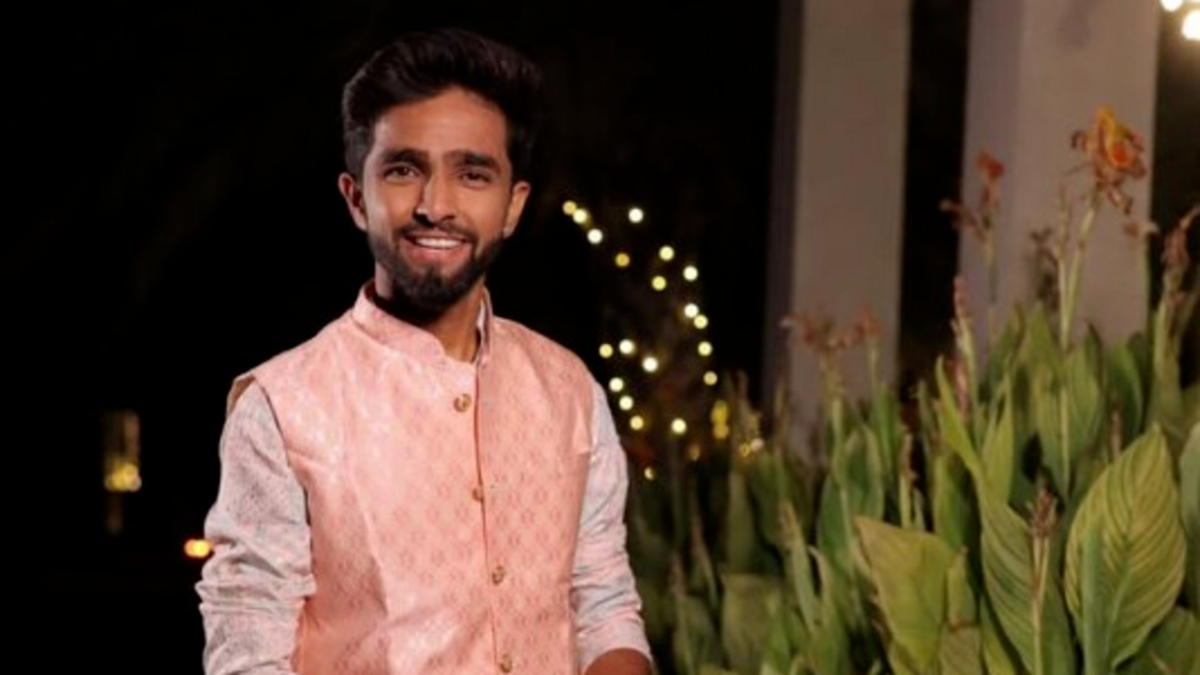Now Reading: CRPF Jawan’ Cartoons for Tribal Kids Sparks Wide-Ranging Social Media Debate
-
01
CRPF Jawan’ Cartoons for Tribal Kids Sparks Wide-Ranging Social Media Debate
CRPF Jawan’ Cartoons for Tribal Kids Sparks Wide-Ranging Social Media Debate

A short, heartwarming video emerging from the dense, Naxal-affected jungles of Chhattisgarh has captured the internet’s attention, not only for its display of human kindness but also for the profound debate it has sparked on childhood, modernity, and the realities of India’s conflict zones.
The Touching Moment Goes Viral
The viral clip, initially shared on social media platform X (formerly Twitter) by a user, features a Central Reserve Police Force (CRPF) jawan, reportedly a part of the elite COBRA unit, sitting with a group of tribal children. The soldier is seen holding a mobile phone and playing animated cartoons for the wide-eyed youngsters. For many of these children, living in remote areas with minimal access to modern amenities and under the shadow of insurgency, this was likely the first time they had ever witnessed an animated show.
The original poster expressed an emotional reaction, noting, “Made me sad how these kids have missed the very essence of childhood and education due to Naxals, hope we can do everything for them now.” The sheer joy and wonder visible on the children’s faces as they huddle around the small screen have resonated deeply with viewers across the nation.
The Great Divide: Innocence vs. Modernity
While the majority of social media users praised the jawan for his compassionate gesture—a brief but powerful act of bridging the divide between security forces and local communities—the video quickly ignited a discussion that went beyond simple appreciation. The comment that became the focus of the debate, “God save these kids from the Naxalites and the cartoon bearing CRPF too. Education,” encapsulated the contrasting viewpoints.
- Praise for Compassion: Many lauded the soldier’s act as a significant step towards humanizing the security forces in a conflict area. They saw it as a moment of peace and a reminder that simple gestures can foster trust and provide a fleeting escape from a difficult reality marked by violence and isolation.
- A Critique of Modernity: A powerful counter-narrative emerged from users who questioned the narrative of the ‘missed’ childhood. They argued that these children, growing up in a natural, remote environment, are perhaps experiencing a purer, un-distracted form of childhood. Comments like, “If you think the other way, it’s good they don’t have mobile phones. Or they will be wasted like urban kids,” highlighted a societal concern over the sedentary, gadget-driven lifestyle of urban children.
- The Focus on Essentials: Other voices redirected the conversation to the core needs, emphasizing that the real deprivation faced by the children is the lack of basic necessities like education, healthcare, and infrastructure, rather than cartoons or digital content. This perspective underscores the broader socioeconomic challenges in Naxal-affected regions, where decades of conflict have stalled development.
Significance Beyond the Screen
This single, moving image of a soldier and a group of children sharing a moment of animated joy has become a mirror reflecting India’s complex socio-political landscape. It spotlights the critical role that security forces are increasingly playing, moving beyond anti-insurgency operations to community engagement and winning the hearts and minds of the local populace.
Ultimately, the video serves as a poignant reminder of the innocence of children caught in conflict. It shifts the narrative from the perpetual conflict to the universal aspiration for a happy, educated, and prosperous future for every child, especially those in the most challenging and isolated parts of the country.









